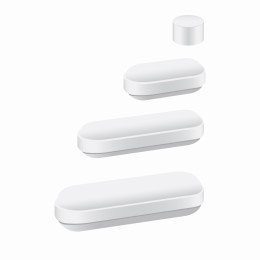Pastuszak AW, Gomez LP, Scovell JM, Khera M, Lamb DJ, and Lipshultz LI.
Introduction: Numerous testosterone (T) formulations are available, each with differing effects on serum parameters.
Aim: The aim of this study was to compare the long-term effects of topical, injectable, and implantable pellet T formulations in hypogonadal men.
Methods: Retrospective review of hypogonadal men treated with a single T formulation was performed: 47 men on T gels, 57 on injectable T, and 74 on T pellets were identified. Total T (TT), calculated free T (FT), estradiol (E), hemoglobin (Hgb), hematocrit (Hct), prostate-specific antigen (PSA), total cholesterol (Tchol), triglycerides (TG), low-density lipoprotein (LDL), and high-density lipoprotein (HDL) cholesterol were evaluated at baseline and every 3–6 months for 3 years. Serum parameters were compared using a mixed model linear regression for repeated measures.
Main Outcome Measures: Effects of topical, injectable, and pellet T formulations on serum hormone levels, Hgb, Hct, lipid parameters and PSA.
Results: Menin the injectable T group were younger (42.5 ± 12.3 years) than in the gel (54.1 ± 9.8 years) or pellet groups (53.8 ± 13.0 years), and baseline FT, Hgb, and Hct were higher in the injectable T group than in gel or pellet groups. Increases in TT and FT were observed throughout follow-up in all groups. Increases in E were observed at in all T groups and throughout follow-up in injectable and gel groups.NoPSAincreases were observed. Erythrocytosis (Hct > 50%) was more common with injectable T (66.7%) than with T gels (12.8%) or pellets (35.1%, P < 0.0001). Transient changes in cholesterol, TG, and LDL were observed, and no significant changes were seen in HDL for any group.
Conclusions: All T formulations increase serum T and FT. More significant increases in E occur with injectable T and T gels. Changes in Hgb and Hct are most significant with injectable T, and effects on lipids are variable and inconsistent. Selection of T formulations must account for individual patient preferences and the effects of each formulation.
antigen. Sex Med 2015;3:165–173.


